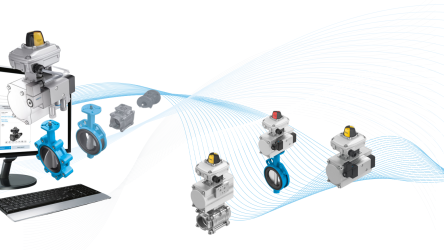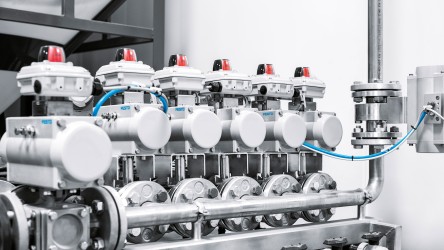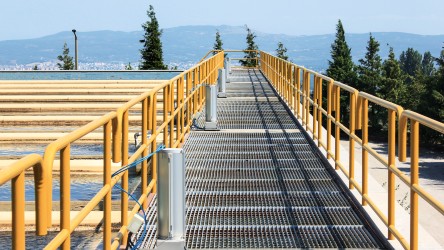FAQs – frequently asked questions clearly explained
What does an actuator valve do?
An actuator valve is a device that controls the flow of a fluid (liquid or gas) through a pipe or system by using an actuator to automatically open, close, or regulate the position of a valve. The actuator is responsible for converting an external control signal (electric, pneumatic, or hydraulic) into mechanical motion, which moves the valve’s components (e.g., the valve stem or disc)
How to choose the right actuator valve?
Choosing the right actuator valve for an application is critical for ensuring optimal performance, reliability, and safety. Several factors need to be considered to match the actuator valve to the specific requirements of the system.
Summary checklist for choosing the right actuator valve:
• Actuation Type (electric, pneumatic, hydraulic)
• Valve Type (ball, butterfly, gate, globe)
• Torque/Force Requirements
• Power Source Availability
• Speed of Operation
• Control Type (on/off or modulating)
• Environmental Conditions (temperature, corrosive/explosive environments)
• Valve Size and Pressure Rating
• Cost and Maintenance
• Certifications and Compliance


